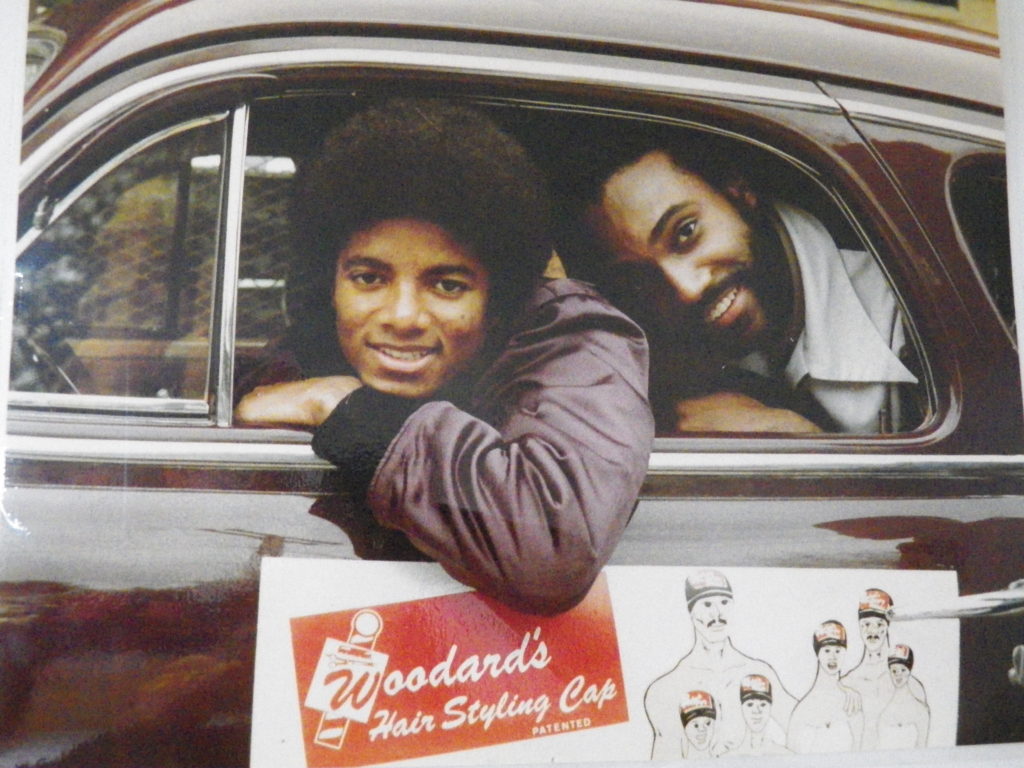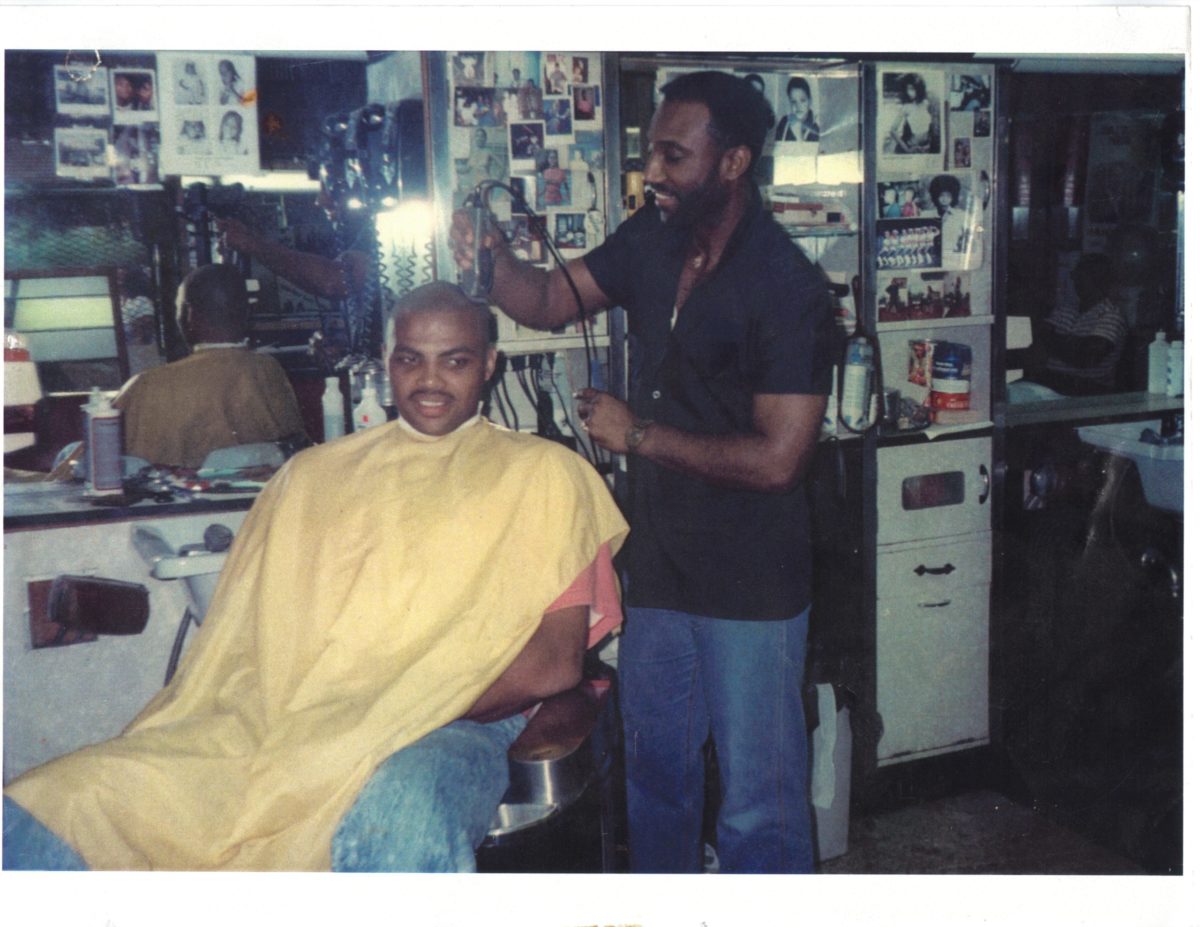Black barbershops have storied history in Philadelphia
By Constance Garcia-Barrio
The fame of Black barbershops as havens where African American men can get a sharp look, sage advice and a good laugh has become near legendary. Books, like “Cuttin’ Up: Wit and Wisdom from Black Barbershops” (2005) by Craig Marberry, have captured the camaraderie of these establishments that give Black men respite from the world.
The majority of barber shops in the Philadelphia region during the 18th and early 19th centuries were Black-owned and operated, according to The Encyclopedia of Greater Philadelphia, produced by the Mid-Atlantic Regional Center for the Humanities at Rutgers-Camden.
Black barbers still flourish in Philadelphia. Present craftsmen of hair cutting include Robert “Woody” Woodard, 70, owner of Woodard’s Barbershop at Bryn Mawr and Lebanon Avenues in West Philadelphia, and Bernard Washington, 84, of New Image in Germantown. With more than a century of combined experience, Woodard and Washington have much to tell about their work and the changes they’ve seen.
“Old-time Black barbershops were sociable places that often kept chessboards or checkerboards (for patrons),” recalled Washington, who was born in Rhode Island and began learning his trade at 14 from his father, a licensed barber. He earned his license at 18 and moved to Philadelphia in 1964. “Some shops had a shoeshine stand where youngsters could make a little money shining and buffing shoes.”
Woodard taught himself barbering in his youth and later attended Tri City Barber School. He became licensed in the 1970s. “I’m from a South Philly family of 10,” said Woodard, adding that he used to sweep Marian Anderson’s sidewalk to earn money.
Washington found early on that he would have to learn to cut all types of hair. “Black men’s hair can range from straight to curly,” he said. “And in Rhode Island, I cut some Native American men’s hair, which tends to be straight. You have to look at the hair to discover the grain pattern.”
Woodard faced discrimination early in his career. “I had all white customers in my first shop, which I leased,” he said. The wife of a customer complimented him on how well he cut her children’s hair, then said, “You’ll do fine here as long as you continue to cut straight hair.”
Things changed when he bought his own shop in the 1980s. “If you have your own property, you can set the rules,” said Woodard. “For a month, I rented a portable sign and put it outside my shop that read: ‘Woodard’s Barbershop. We cut any type of hair.’”
Woodard’s first Black customer was the late radio personality Georgie Woods. “He was so pleased with the haircut I gave him that he brought in the Jackson Five for haircuts before they performed at the Spectrum,” he said. “After Nina Simone saw Michael Jackson’s haircut, she asked me to cut her hair.”

Now, his customers include people of various ethnicities, including students from nearby St. Joe’s University. Sometimes, patrons ask him about matters of race. “I tell them to take the ‘RACE Test’ on my website at BarbershopTalkHFD.org, then we’ll have a basis for conversation.” This exercise is intended to help free your mind by expanding your social skills on how you view “race.”
Not only has the clientele changed over the years, but the hairstyles have, too. “In the ‘60s, the Afro or bush came into play,” Washington said. “Kids would want a big bush, but parents would say, ‘Cut it down more.’ That was hard because I sympathized with the child. Currently, there’s an emphasis on longer hair at the top of the head and shorter hair as you go down. Men will say, ‘Give me a tapered look or a fade.’”
Woodard agrees that the ‘fade’ is a newer style. “You never saw that style years ago,” he said. “Men wanted an Afro to signal that they are Black, proud and fighting racism.”
Both men serve the community in other ways. Woodard, a widower with eight adult children, feels that the public system has failed many young people by letting them graduate without learning basics. “They feel bad about themselves,” he said. “I emphasize that they have [innate] intelligence to help instill self-worth. I also use my original poetry to get points across to them.”
He plans to step up his efforts to reach young people through podcasts. “I used to host a radio show on WURD, called ‘Barbershop Talk,’ where I interviewed many people, including some celebrities,” Woodard said. “For the podcasts, I’ll use many of those recorded shows, along with new interviews. I have a studio on the second floor so I can broadcast those conversations to inspire people.” He’s also published commentary pieces in The Philadelphia Tribune and writes a column for Philadelphia RowHome Magazine.
Washington has helped the community by attending to men who are too sick to come to the barbershop. “When I had a car, it was no trouble for me to take my tools and travel to a hospital, nursing home or private residence to cut a man’s hair,” he said. “Even if a man is sick, he feels better when he’s well-groomed.” Washington, who has been married for 41 years with four adult children, also drew illustrations for a book of Bible stories written by one of his sisters.
While learning barbering can be tedious, both men have passed on their craft by teaching some of their siblings how to cut hair. Woodard finds deep satisfaction in teaching and learning from his clients.
Washington describes his life’s work with fervor: “It’s been a wonderful adventure.”
Native Philadelphian Constance Garcia-Barrio writes about many topics, including Black history.




